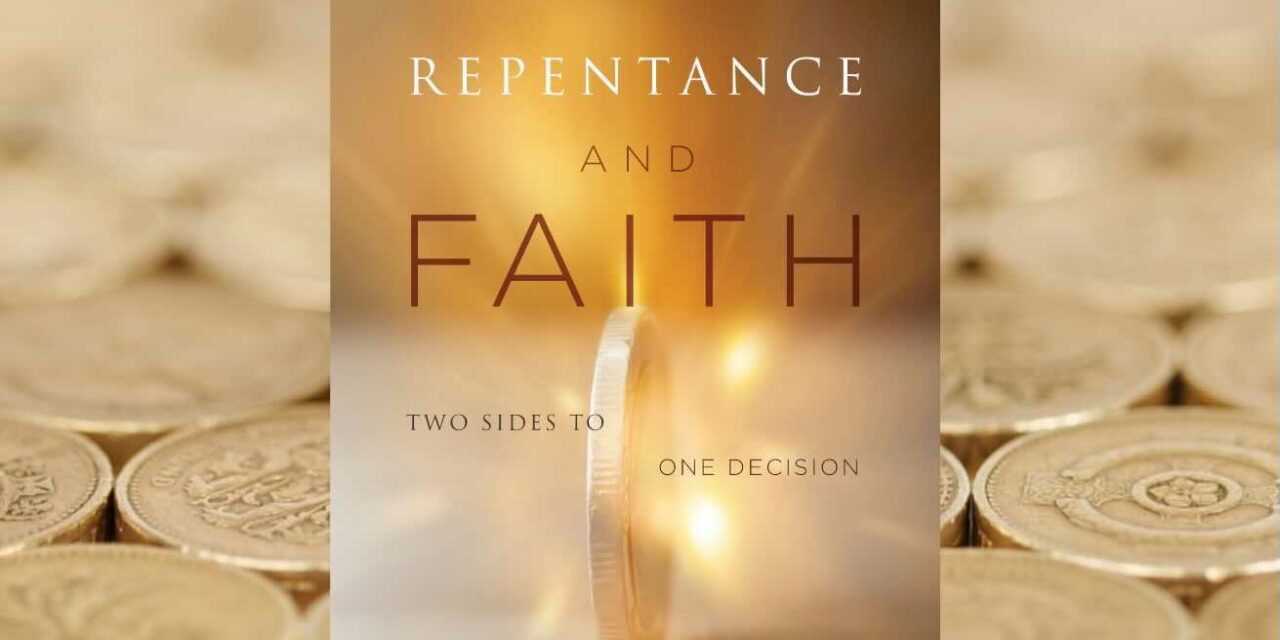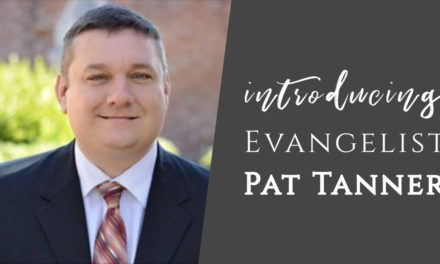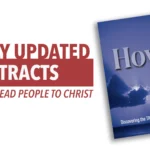The phone conversation lasted about two hours. The primary topic was repentance, and the distraught soul on the other end of the line was rehearsing some previous teaching that made repentance akin to works salvation. For this individual, the erroneous teaching was causing some serious doubt in regard to having eternal life and knowing it. It’s just one example, but it’s hardly an isolated case. Over the years, I have discovered much confusion regarding the doctrine of repentance and faith.
On the easy-believism side, the influence of some major leaders in the 1980s pressured many to come up with impressive numbers of “salvation” decisions. Sure, some of these decisions were real where spiritual plowing had already taken place, but many others seemed to be just surface decisions.
I have witnessed this kind of thing several times. On a missions trip in 1987, the sincere older man in charge of the operation secured access that got us into the public schools. Once in, he read through a gospel tract he had written and then asked which students wanted to be saved. Basically, all the children raised their hands so he had them all repeat a prayer after him. There may be a place for such, but in this instance, while everyone was chanting the prayer, I noticed kids looking out the windows, seemingly clueless as to what they were doing. Some may have believed, but it disturbed me because it appeared that many did not understand at all.
Another time early in my ministry, I was a part of an evangelistic event. The speaker preached, gave an invitation in similar fashion to the story above, and then asked those who had prayed to come forward and speak with a personal worker. I was designated to connect responding parties with personal workers. Several times I asked people why they were coming forward and heard their honest response, “I don’t know.” Again, this deeply bothered me as it highlighted a lack of understanding.
On the lordship extreme of gospel presentations, there has been confusion as well. A particular preacher was known for getting up at youth events and insisting that 50 percent of professing Christians in most churches were not really saved. (In nominal settings where the gospel is no longer preached, this statistic or an even larger value might make sense, but frankly it doesn’t stand up to scrutiny in solid, gospel-preaching church settings.) To emphasize the point, this preacher would count ten teens on the front row and suggest that quite possibly five of them were not saved. Imagine being counted in that number. Some were driven to doubt their salvation even before the message began. Then the preacher would launch into a works view of repentance that played off the imperfections of the audience, and many would fall prey to getting “saved again.”
I have known of preachers who have said things like, “If you didn’t surrender all to Christ when you got saved . . . if you didn’t sorrow over your sin . . . if your life has not changed (as if change is automatic), then you did not repent and you are not saved.” This confuses salvation truth with the truth regarding sanctification and discipleship. Another problem with this is its focus on the subject of faith (us) instead of the object of faith (Jesus). Many doubt their salvation due to this kind of thinking.
Easy-believism seeks a high number of salvation decisions—but often at the expense of real transactions of faith for salvation. High-pressure tactics not taking into account the time it takes for understanding and Holy Spirit conviction lead to acknowledgment-only decisions. As a result many people consider themselves saved when they are not.
Lordship salvation takes the opposite approach. Not wanting surface decisions, this extreme adds spiritual growth elements to the moment of spiritual birth. The confusion of the process of discipleship with becoming a disciple can subtly mix works into salvation, and again, people may think they are saved though they are not.
Repentance and Faith: Two Sides to One Decision addresses these extremes and clarifies Jesus’ gospel message: to be saved, we must repent and believe the gospel. This message will help you avoid the extremes of easy-believism and lordship salvation and strengthen you to proclaim the biblical gospel of dependence on Jesus Christ alone.
Please share this article and consider reading the book (available from the Revival Focus web store and Amazon.com). If you have been blessed by the truth of Repentance and Faith: Two Sides to One Decision, please prayerfully consider authoring a customer review on Amazon. Thank you.

John Van Gelderen
Post Author












Thank you, Brother John for this article and for writing the book. I agree with you that there is much confusion in this area. I plan to get the book and read it.
Thanks Bro. Michael, it is an important subject.